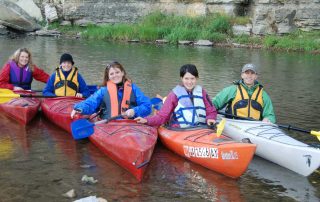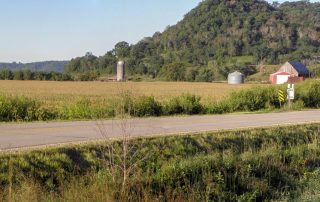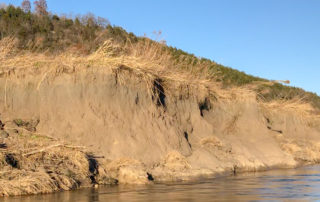5.1 Explore My Land
The Agricultural Conservation Planning Framework (ACPF) is a computer model that uses high-resolution geo-spatial data to show existing and suggest locations that may be good possibilities for additional flood reduction or nutrient removal practices, including Water and Sediment Control Basins (WASCOBs), Contour Buffer Strips, Grass Waterways, Nutrient Removal Wetlands, Drainage Management Areas, and Bioreactors. Any of these man-made 'structural' practices installed on the land should of course be combined with good 'soil health' practices. The ACPF model is far from perfect — it does not recognize the many sinkholes on our Northeast Iowa landscape, it doesn't necessarily reflect recent [...]



